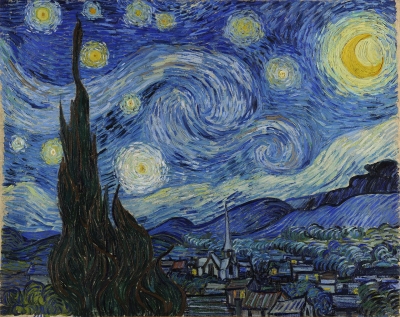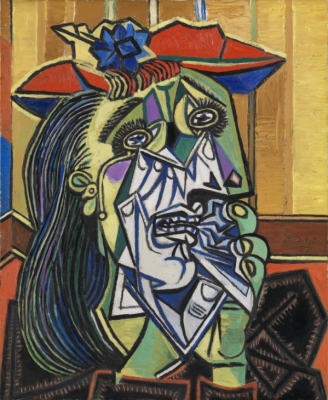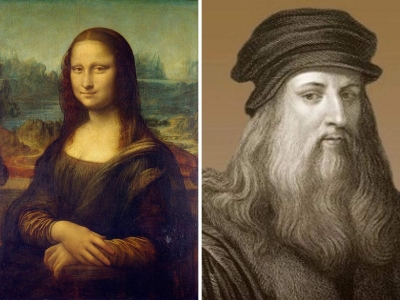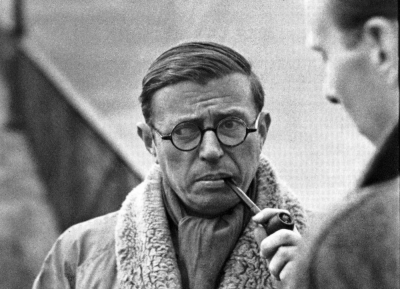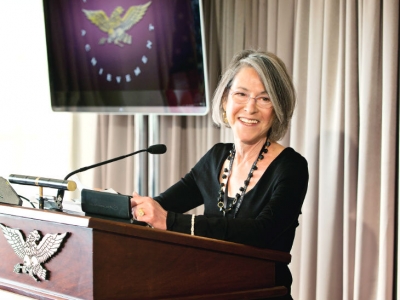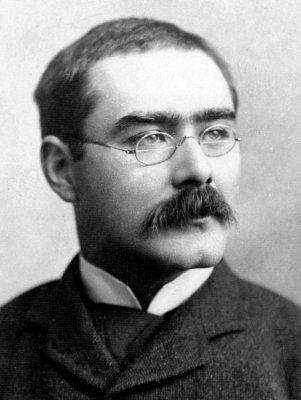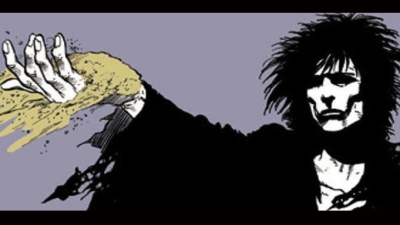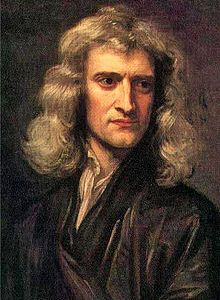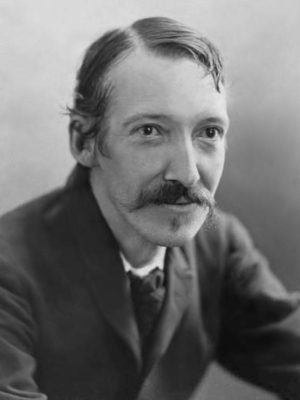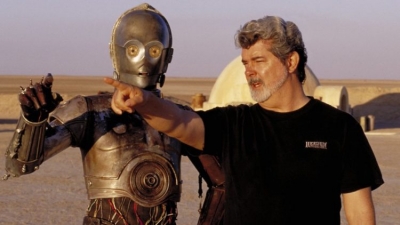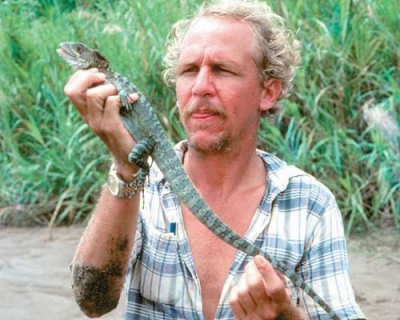
Have you seen my pet?' a teenage Romulus Whitaker went knocking door to door in his apartment complex in Bombay (today's Mumbai).
What sort of a pet? One neighbour asked kindly, probably thinking of a cat, dog or some such.
A python,' Rom answered, with a straight face.
The neighbours eyes widened, and words caught in his throat.
It's non-venomous.' explained Rom, patiently.
Rom retells the story, while sitting in his house in Tamil Nadu, with a twinkle in his eyes. 'Ah, non-venomous. As though that makes a big difference! A snake is a snake.
City slickers are not very kind towards species that they ve only read about and don't really know personally."
Fortunately for his neighbours, Rom found his missing pet snoozing under an old trunk in the storeroom in his own house, and so, 1 had to literally go back to every house and tell them.' Little did his neighbours know that the teenager would go on to become one of India's foremost herpetologists earning him the title, Paambu kaara ('snake man in Tamil).
Romulus Earl Whitaker III has been working in reptile conservation for over half a century, but his heart still races when he sees a King Cobra. In fact, decades of hard work hasn't dulled his passion or enthusiasm for the subject and the species.
Rom has worked with scientists, educationists, students and conservationists in India and all across the world on several projects: crocodile recovery programmes, radio telemetry studies on the Gharial and King Cobra, snake venom collection and rodent control by indigenous people. Breeding biology of pythons and King Cobras, field surveys to determine conservation status of reptiles, and popularising conservation biology through writings, talks and films.
Rom moved to India when he was seven with his mother Doris Norden and stepfather Rama Chattopadhyay, son of social reformer and freedom fighter Kamaladevi and poet Harindranath. After high school, Rom went to college briefly in the U.S. and served in the U.S. army for two years during the Vietnam War, working in the army hospital and assisting the medical team in Japan. Rom trained at the Miami Serpentarium from 1963 to 1965, and returned to India because he knew he wanted to work with reptiles.
His career is dotted with many firsts:
1969: Rom set up the Madras Snake Park, India's first reptile park.
1972: Rom started the first sea turtle walks in India. Volunteers would walk the coast and transplant eggs to hatcheries to safeguard them.
Early 1970s: Rom carried out the first Gharial survey in the Chambal Valley. This work helped convince the government of India to create six new river sanctuaries for this endangered species, and a national conservation programme, Project Crocodile, was established. 1975: Rom conducted India's first survey of crocodiles Finding out that crocodile populations were dwindling spurred him and his former wife, children's author Zai Whitaker, to start the Madras Crocodile Bank Trust (MCBT) in 1976, with three field research and conservation stations on the Chambal river, the Agumbe rainforest and the Andaman Islands,
Rom was instrumental in bringing about the creation of five iconic Protected Areas (where human occupation and exploitation of natural resources are limited or banned), These are Silent Valley National Park in Kerala, Guindy National Park and Palani Hills National Park in Tamil Nadu. Gulf of Mannar Biosphere Reserve in the Indian Ocean and the Great Nicobar Island Biosphere Reserve in the Nicobar Islands.
The Madras Crocodile Bank Trust
The MCBT was set up by Rom and zai. They met through their joint desire to protect Silent Valley.
The Indian wing of the World Wildlife Fund (WWF) was set up in 1969 by Zai's father, Zafar Futehally. While working there as a volunteer, Zai read an article by Rom about Silent Valley. Silent Valley is a perfect example of (a] true rainforest with all the wealth of animals and plants that make it up... As humble observers of this great expanse of rainforest we also know that it is just a tiny valley when compared to what has already been deforested in the name of "economic and technological progress... HOW many dam projects could be best done in biotopes less vitally important to keep intact? (published in the WWF newsletter November 1973).
Deeply moved, Zai and her sister petitioned Salim Ali, their unde and India's foremost omithologist, who headed the Bombay Natural History Society at the time. They urged him to write to the then prime minister Indira Gandhi to stop the dam construction. He shooed us away! Laughed Zai. But we drafted and redrafted a letter and he signed and sent it. And Indira Gandhi put a stop to it.
Three years later, they set up the Madras Crocodile Bank Trust (MCBT) together, of which their elder son Nikhil is the curator. Zai, who is the joint director of MCBT, said people thought they were crazy to set up a centre in the middle of nowhere, 'Back then it was just a bare sandy stretch with few casuarina trees ... we walked out one day and an Olive Ridley Turtle was laying eggs by the gate; there were sea snakes on the shore, and jackals and foxes at night.
Parselmouth
Rom, Zai and their team also partnered with the Irulas, an indigenous community from Tamil Nadu known for their skill in finding and handling snakes, to set up the Inula Snake Catchers Cooperative Society in 1978, and they worked with the community for three decades. The Irulas extract venom from snakes, which is needed to make antivenom to treat snakebites, thus saving many human and snake lives. This is crucial, as according to one estimate, some 46,000 snakebite deaths occur annually in India. (Ironically, Rom is allergic to antivenom.) Many years later, Zai would write "Kali and the Rat Snake" (Tulika Books), a story about an Irula boy whose classmates find him strange. She also wrote the script for the multilingual award winning film, "The Boy and the Crocodile," which was directed by Rom.
Rom attributes a lot of his knowledge of snakes to the Irulas, and continues to be amazed. At how good they are at tracking snakes, especially how they can tell whether the snakes are venomous or not simply by looking at their tracks on the ground. Rom has had a special interest in snakes from the time his mother got him "The Boys Book of Snakes when he was four. It was basically about American snakes but it helped a lot.' said Rom. First of all, it told her that there are no venomous snakes where we lived in northern New York state, which is helpful. No matter what I picked up, I might get a bite but I'm not gonna get a venomous bite. So she was pretty cool with that.'
When Rom was studying in Kodaikanal, Tamil Nadu, he ferried his pet python to school by train in a vegetable basket, and stored him under his bed in the dormitory in a box. He warned the cleaners not to bother with the box. He would take him out to bask in the sunlight while his friends read and played. He picked up snakes whenever he spotted one, read about them and wrote to herpetologists asking for tips on taking care of the reptiles.
It was in school that he came across a green coloured pit viper. He sensibly spoke to his biology teacher rather than hiding the snake under his bed. Luckily, this guy was okay, recalled Rom. He said, I know it's venomous. We also know that it's not a fatally venomous creature and we are not going to let anyone handle it' He put it in a terrarium and kept it for a while, until I decided to let it go. So it was a series of people who encouraged me along the way. Or didn't discourage me, let's put it that way.
Life with crocodiles Rom first met a crocodile when he was fifteen: used to go fishing, with one of the guys who "I worked at my stepfather's motion picture lab, an old German guy, Schroder. Shammi Kapoor (actor) and people like that now old timers, loved fishing too. We'd fish from these so-called machans, which were floating on Powai Lake. We'd fish all night. We'd go in the evenings, spend the whole night nodding off fishing for katla and rohu. One evening. I saw a croc on the surface. And it just disappeared under the water, and I was like, wow! It was like the first dinosaur I'd ever seen."
Rom started researching crocodiles by talking to people.
Many people hated crocodiles, as they did leopards and tigers, because they were predators. Luckily, Rom knew otherwise.
Gharials, he discovered, had evolved with the dinosaurs, which means they have spent some 150 million years on this planet. Also, that birds are highly modified reptiles, which is why birds get a little bit of space in Rom's life.
Life with many animals Rom has a pet Emu called Neelakantan, named after his brother, and because the bird develops a blue mane during the breeding breeding season (neela: blue; kanta: throat). Neelakantan can be friendly or can make enemies in an instant.
'I wasn't into conservation,' said Rom. People give me that label and I still cringe a little bit. It just seems like a natural part of what you do, is to have that attitude towards life. It's not a special little branch of a tree which you sit out on, and say I am a conservationist. You just live your life that way. And if everyone did, it would help the world a lot.
But Rom credits his single-minded approach for his success. I still get excited at seeing a snake, he said, pointing around his garden in Tamil Nadu, if a snake pops up over there, which is very possible. There's a cobra, there's a Rat Snake, there are lots of vine snakes living here. And when I see one, I still get a real good feeling."
"Humans are not comfortable with creatures they know little about and if there is one thing those of us who like reptiles (and all wild creatures) can do to help them it's to get people to know and appreciate them.' said Rom. He has spent years understanding the King Cobra's biology and his efforts, by way of his writings, research and films, have helped building people's tolerance towards the snake. The first instinct to kill on sight has given way to observe and understand the snake instead.
WHAT CAN YOU DO?
Learn everything there is to about reptiles. Start with "Snakes of India: The Field Guide by Romulus Whitaker and Ashok Captain.
- Once you know how fascinating they are, it's easy to protect them. If there are venomous snakes in your area, don't disturb them. Instead, tell an adult and call the local wildlife department or people who work with animals to rescue them.
- Become a snake myth-buster. Cartoonist Rohan Chakravarty has written a comic book, "Making Friends with Snakes (But From a Distance)", based on Rom's film. It's got everything for you to become a know-it-all.
MORE CHAMPIONS WORKING WITH REPTILES
1. Ashok Captain, a Pune-based herpetologist, is so cool that he has two snakes named after him: Ashok's Bronzeback Tree Snake and Captain's Wood Snake! In 2019, he described a new snake species, the Arunachal Pit Viper. He's co-authored Snakes of India: The Field Guide with Rom. Usually he's found on a bicycle (he used to cycle competitively), and when off it he's counting snake scales.
2. Vijaya was perhaps India's first female herpetologist. She trained with Rom and in the early 1980s she documented mass hunting and slaughter of sea turtles. Her photographs caught the attention of the then prime minister Indira Gandhi, who created rules to conserve the species and instructed the coast guard to stop sea turtle captures. Vijaya lived alone for many months in a cave in Kerala while studying the Forest Cane Turtle, when she passed away under unknown circumstances. After 19 years, the turtle species she was studying was named Vijaycheles silvatica. She died in 1987.
3. P Gowri Shankar learnt how to handle snakes at the age of 13, and has gone on to rescue more than 100 King Cobras over the years. He works in Agumbe in the Western Ghats of Kamataka. He is a familiar face if you have watched any documentaries that feature Rom. He studies and documents King Cobra behaviour and trains hundreds of young people on snake ecology.
4. Gururaja KV is a batrachologist (bátrakhos is frog in Ancient Greek) and has described many new species of frogs. Special mentions go to one who is an ace potter (Kumbara Night Frog), and another who calls like a kingfisher (Karnavali Skittering Frog)! Gururaja helped publish a field guide to identify frogs, called "Frog Find" (there's an app too) and is part of a team that put together "Mandookavani". An audio compilation that has field recordings of over 75 frog calls.
Picture Credit : Google
